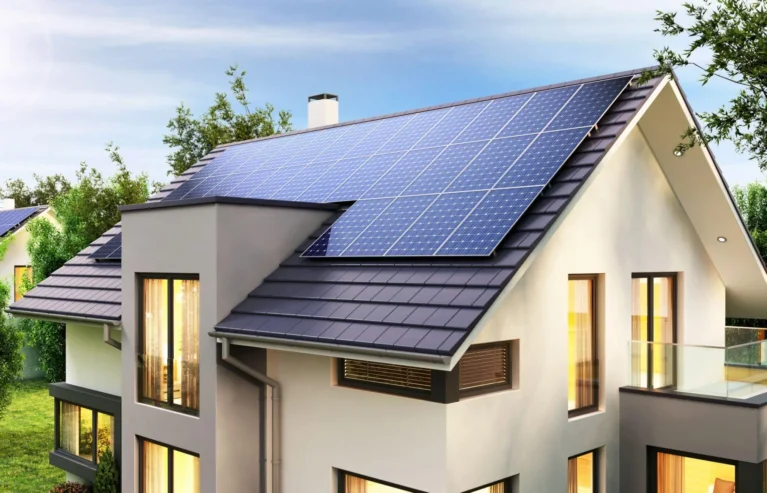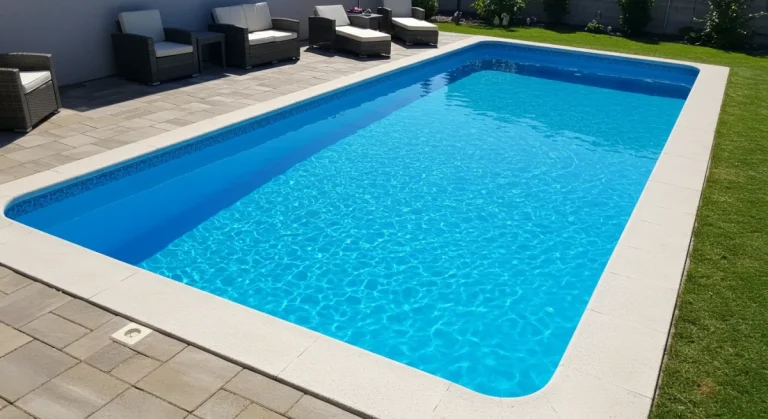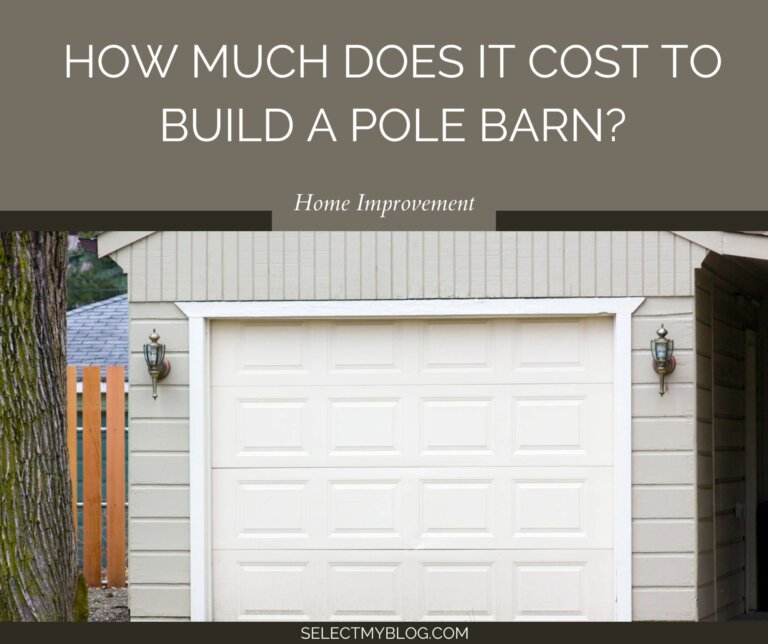A Homeowner’s Guide: Common Problems When Filling a Pool (and Solutions)
I’ll never forget the feeling of standing on my patio, garden hose in hand, ready to fill our family’s first swimming pool. I had visions of crystal-clear water, weekend barbecues, and happy kids splashing around. It seemed so simple: just add water, right?
Wrong. What followed was a series of small, frustrating problems I was completely unprepared for. The water trickled in at a snail’s pace, a strange wrinkle appeared in the liner, and when it was finally full, the water looked… well, ‘murky’ is a kind word.
I learned a lot during that first pool fill—mostly through trial and error. Now, I want to share that hard-won experience with you. This guide is everything I wish I had known back then. It will help you navigate the most common pool-filling problems so you can skip the headaches and get straight to enjoying your backyard oasis.
Key Takeaways
For those in a hurry, here’s the condensed wisdom. Don’t make the same mistakes I did!
- Slow Fill? Check Your Hose: Before you blame your city’s water pressure, make sure your hose isn’t kinked, leaking, or too narrow. A wider hose can cut your fill time significantly.
- Call Your Water Company: Let your local utility know you’re filling a pool before you start. Many offer a credit on your sewer bill, which can save you a surprising amount of money.
- Wrinkles are Fixable (Early!): Address vinyl liner wrinkles while the water level is still low. You can often push them out by hand or with a soft pool brush. Don’t wait until it’s full.
- Don’t Fear Cloudy Water: Murky, green, or brown water from the tap is common, especially with well water. It’s usually caused by minerals and is easily treated with a filter and the right chemicals.
- Chemicals Have an Order: Don’t just dump in chlorine. The correct sequence is crucial for success: Test your source water first, then adjust Alkalinity, then pH, then Calcium Hardness, and then add your sanitizer (chlorine).
Problem 1: The Pool is Filling Incredibly Slowly
I remember checking the progress after three hours and feeling my heart sink. The water had barely covered the bottom. My first thought was, “Is our water pressure really this bad?”
Common Causes
It turns out that low municipal water pressure is only one possibility. I quickly discovered my own mistakes: I was using an old, narrow-diameter hose that had a few small kinks in it, drastically reducing the flow rate. If you’re on a well, an aging well pump could also be the culprit.
The Solutions
- Inspect Your Hose: Walk the entire length of your hose and straighten out any kinks. A single sharp bend can cut your water flow by more than half.
- Upgrade Your Hose: The standard 1/2″ hose is not your friend here. I switched to a 5/8″ hose, and the difference was immediate. If you can, using one of the best hoses for filling a pool with a 3/4″ diameter will make things even faster.
- Use Multiple Hoses: If you have access to multiple outdoor spigots, use them. Two hoses are nearly twice as fast as one.
- Consider Alternatives: If speed is your top priority, especially for a large inground pool, it might be worth looking into alternatives to filling your pool with a garden hose, like a water truck delivery service.
Problem 2: The Water Bill is Shockingly High
My jaw hit the floor when I got the water bill after that first fill. I knew it would be higher, but I wasn’t prepared for just how much higher. I was paying for thousands of gallons of water, and I was also being charged for the sewage treatment of that water—water that never even entered the sewer system.
Understanding Water Consumption
First, it’s essential to know your pool’s volume. A simple calculation can save you from a major surprise. If you haven’t done this, our guide on how to calculate pool volume in gallons is your first stop. Understanding the sheer amount of water needed helps set realistic expectations for the average cost to fill a pool.
How to Manage Costs
The single best piece of advice I can give is this: call your local water authority beforehand. Many utility companies, like those in Livonia, MI, offer a one-time credit for the sewer portion of your bill if you notify them that you’re filling a pool. This alone can save you a significant amount of money. Also, keep an eye on the ground around the pool as it fills to spot any potential leaks early.
Problem 3: The Vinyl Liner is Wrinkling or Floating
As the water level rose, I noticed a small crease forming near the shallow end. My biggest fear was creating a permanent wrinkle in our brand-new liner. These can be ugly, difficult to clean, and even lead to premature liner damage.
Why Liner Wrinkles Happen
Wrinkles typically form if the liner wasn’t perfectly set before filling, if you fill the pool too fast in one area, or in some cases, if groundwater pressure from below pushes the liner up.
How to Fix & Prevent Wrinkles
The key is to act while the water is shallow. With less than a foot of water, I was able to get into the pool and use the pressure of the water to my advantage, gently pushing the wrinkle out towards the wall with my feet and a soft pool brush. For best results, work from the center of the pool outward. If you see wrinkles forming before you even start, a pool professional can use a special vacuum to suck the liner tight against the walls for a perfect fit.
Problem 4: The Water Looks Cloudy, Green, or Brown Upon Filling
When the pool was finally full, the water wasn’t the sparkling blue I’d dreamed of. It was hazy and uninviting. If you’re using well water, you might even see a brown or reddish tint as the water reacts with the air. Don’t panic; this is normal and fixable.
Diagnosing the Discoloration
- Cloudy/Hazy Water: Usually caused by high levels of Total Dissolved Solids (TDS) or fine sediment from the source water.
- Green Tint: Can be from trace amounts of copper in your water source.
- Brown/Red Tint: Almost always indicates high iron levels, a common issue with well water.
The Treatment Plan
Your filter is your best friend here. Run it continuously for 24-48 hours after filling. This will clear out most of the particulate matter. If you suspect high metal content, add a metal sequestrant or stain & scale preventer to the water before you add any chlorine. This chemical binds to the metal particles, preventing them from oxidizing and staining your pool surface when you eventually add shock.
Problem 5: Getting the Initial Chemical Balance Wrong
This is the final boss for most new pool owners. I was so eager to sanitize the water that I almost made the classic mistake: dumping in chlorine shock right away. This can lead to a host of problems, including staining from metals and a chemical imbalance that’s difficult to correct.
The “What and When” of Pool Chemicals
Based on expert guidance, like the Swimming Pool Operations and Maintenance Guide, there’s a professional order of operations. Always test your fill water before adding anything. Then, adjust your chemicals in this specific order:
- Total Alkalinity (TA): Aim for 80-120 ppm. Alkalinity acts as a buffer for your pH, so getting it right first is critical.
- pH: Aim for 7.4-7.6. Once alkalinity is stable, adjust your pH.
- Calcium Hardness (CH): Aim for 200-400 ppm. This protects your plaster and equipment from corrosion.
- Sanitizer (Chlorine): Now you can add chlorine.
The First Shock Treatment
Once the other levels are balanced, it’s time to shock the pool. This super-chlorination process eliminates any bacteria, algae spores, and other contaminants from the source water. Follow the instructions on the pool shock package for a freshly filled pool.
Problem 6: Debris is Getting in the Pool
Filling a pool can take a day or more. During that time, my pristine pool shell became a magnet for leaves, grass clippings, and unfortunate insects. I spent ages skimming it out before I could even start the filter.
Why it Happens
An empty or partially filled pool is an open invitation for windblown debris. The longer the fill takes, the more “stuff” will accumulate on the bottom.
How to Prevent It
- Pre-Fill Cleaning: Do a thorough sweep and rake of the area around your pool before you start filling.
- Use a Hose Filter: You can buy simple mesh filters that attach to the end of your hose to catch any sediment or particles coming from your water source itself.
- Skim as You Go: If you’re around, do a quick skim every few hours. It’s much easier to get leaves off the surface than to vacuum them off the bottom later.
Problem 7: The Pump Won’t Prime or Leaks
With the water at the perfect level, I flipped the breaker and turned on the pump… and was greeted by a loud humming noise and no water movement. The pump wasn’t priming. On another occasion, a friend turned on his pump only to find a steady drip from one of the fittings.
Common Causes
- Pump not priming: Usually caused by an air leak on the suction side (the pipes leading to the pump) or a low water level.
- Leaks: Often due to dried-out O-rings or gaskets from the winter, or fittings that weren’t tightened properly.
The Solutions
- Check for Air Leaks: Ensure the pump lid is on tight and the O-ring is lubricated. Check that all drain plugs on the pump and filter are secure.
- Prime the Pump Manually: Turn off the power, open the pump lid, and use your hose to fill the pump basket housing with water until it’s full. Quickly secure the lid and turn the pump back on. This often provides the water needed for it to catch prime.
- Inspect O-Rings: Before startup, it’s wise to inspect and lubricate all O-rings (pump lid, filter, heater) with a silicone-based lubricant. Replace any that look cracked or flattened.
Problem 8: Forgetting to Install Fittings
In my rush to get the water flowing, I completely forgot to screw in the directional eyeball fittings into the return jets. The result was poor circulation until I realized my mistake. It’s an easy thing to overlook.
What to The Pre-Fill Checklist
- Return Jets: Eyeball fittings are screwed in.
- Skimmers: Skimmer baskets and weirs (the little flap door) are in place.
- Main Drain: The cover is secure.
- Pump & Filter: All drain plugs are tightly closed.
Problem 9: Overfilling the Pool
I once got distracted and came back to find the water level well above the skimmer opening. While not a catastrophe, it’s a problem that needs fixing.
Why It’s a Problem
An overfilled pool prevents the skimmer from doing its job. The skimmer needs to create surface tension to pull in floating debris like leaves and pollen. If the water is too high, that debris just floats on by, leaving your filter with less to do and your pool surface dirty.
How to Fix It
The easiest way to lower the water level is to switch your multiport filter valve to the “Waste” setting. This will pump water out of the pool, bypassing the filter. Just be sure to watch it closely and stop when the water level is back to the middle of the skimmer opening. Always follow local regulations, like those in Mesa, AZ, for proper pool drainage.
What to Do Immediately After Your Pool is Full
The water has reached the middle of the skimmer tile. Congratulations! But you’re not done yet. Here’s the exact checklist I follow for a perfect startup, which is crucial before anyone takes a dip.
The Post-Fill Checklist
- Circulate: Start your pump and filter system immediately to begin circulating and cleaning the water.
- Test: Use a quality water test kit (strips are okay, but a liquid drop kit is better) to get your baseline chemical readings.
- Balance: Begin the chemical balancing process in the correct order outlined above. If you need to prepare your pool for a refill, these steps are just as crucial.
- Brush: Brush the entire surface of the pool—walls, steps, and floor. This stirs up any settled plaster dust or sediment so the filter can grab it.
- Filter: Run the filter 24/7 for the first few days, and be sure to check the filter pressure and backwash or clean the cartridge as needed. Many local authorities, such as Scottsdale, AZ, have specific guidelines on pool drainage and backwashing to conserve water.
Frequently Asked Questions (FAQ)
Do you need to shock a pool when you first fill it?
Absolutely. Shocking (super-chlorinating) a newly filled pool is essential to kill any organic contaminants, bacteria, and algae spores present in the source water, giving you a clean and sanitary start.
Do I add chlorine or shock first in my new pool?
You should balance your alkalinity, pH, and calcium hardness first. Once those are in range, you’ll add shock. Shock is essentially a high dose of chlorine, so you are technically adding chlorine, just in a large, oxidizing dose to start.
How long should I run the filter after filling my pool?
Run your filter continuously (24 hours a day) for the first 2-3 days. This ensures all the new water is filtered multiple times, clearing out sediment and helping to mix chemicals thoroughly. After that, a typical run time is 8-12 hours per day.
What happens if you overfill your pool?
Overfilling can cause water to get into the deck’s expansion joints and potentially wash away the supportive soil behind the pool wall. More commonly, it reduces your skimmer’s effectiveness, as it can’t create the surface tension needed to pull in floating debris. If you overfill, you can simply drain the excess water to the proper level using your filter’s “waste” setting or a submersible pump.
Conclusion: Set Up for a Successful Season
That first pool-filling experience was a stressful learning curve, but it made every season after that a breeze. By anticipating these common problems, you can avoid the frustration and expense that catches so many new homeowners by surprise.
Remember the keys to success: start with the right equipment, be patient, manage your costs by planning ahead, and always balance your chemicals in the correct order. By tackling these challenges head-on, you’re not just filling a pool; you’re setting the stage for a season full of relaxation and fun.






